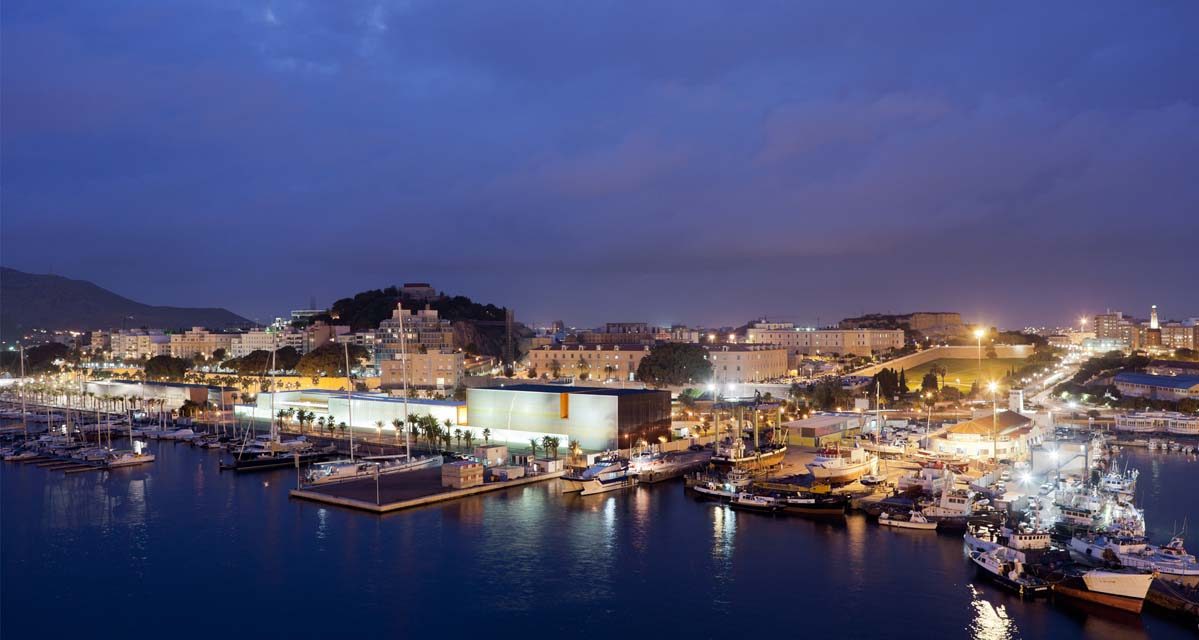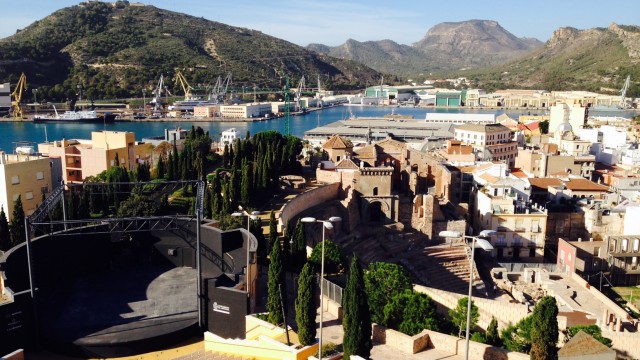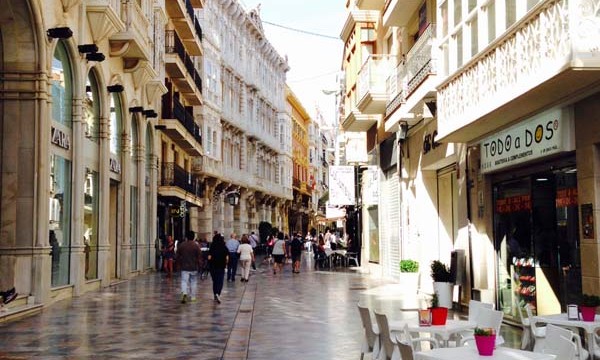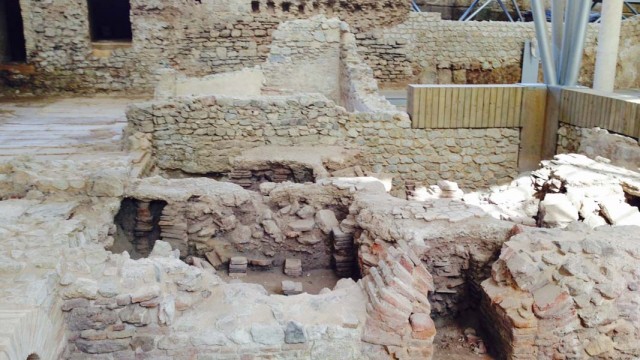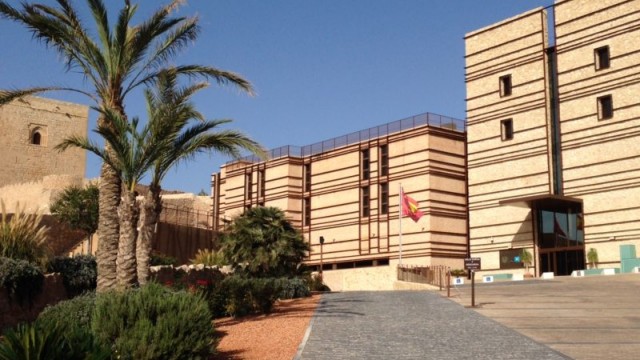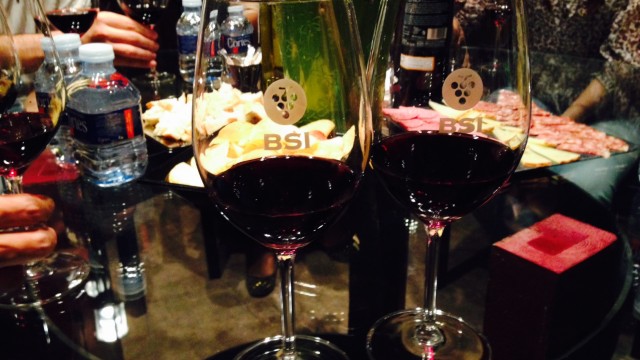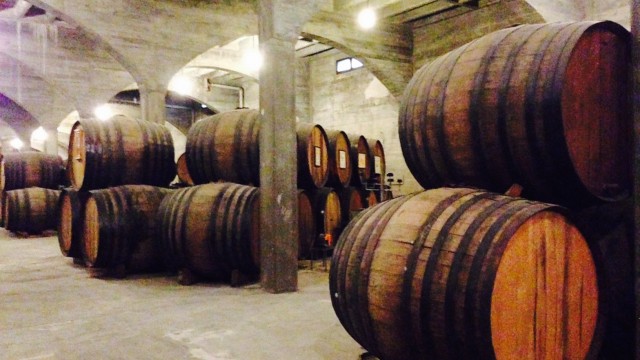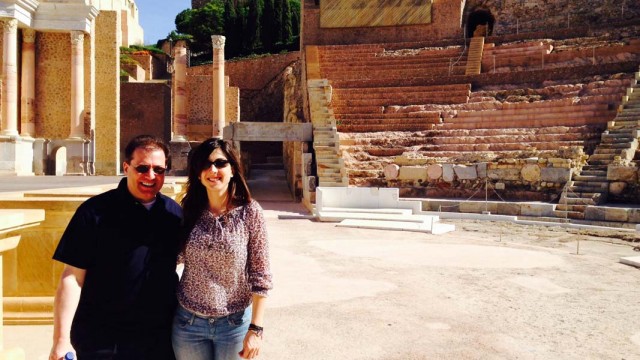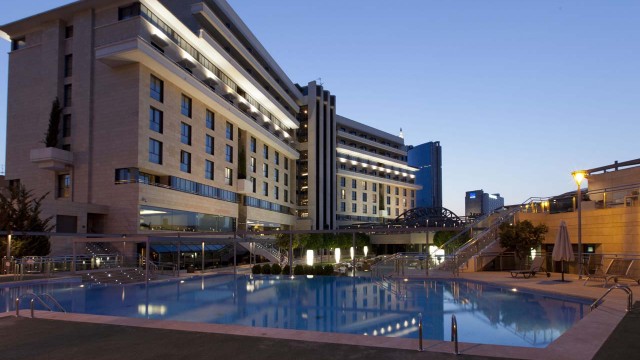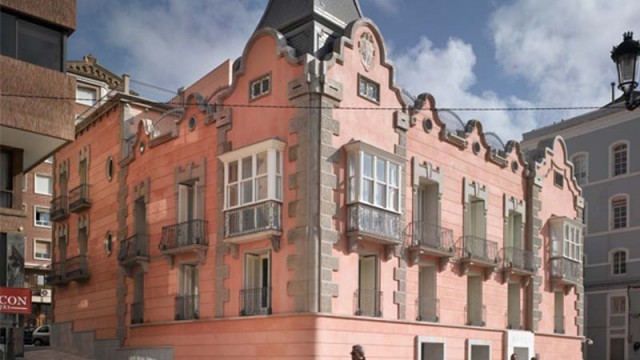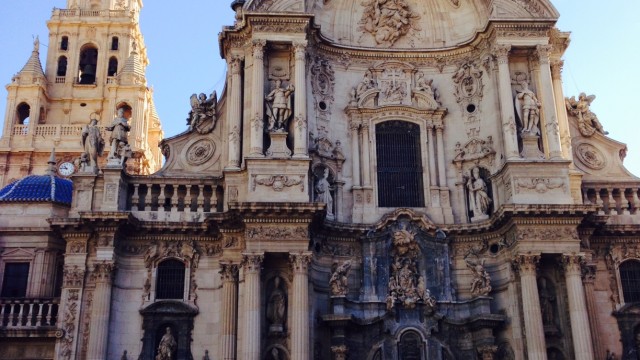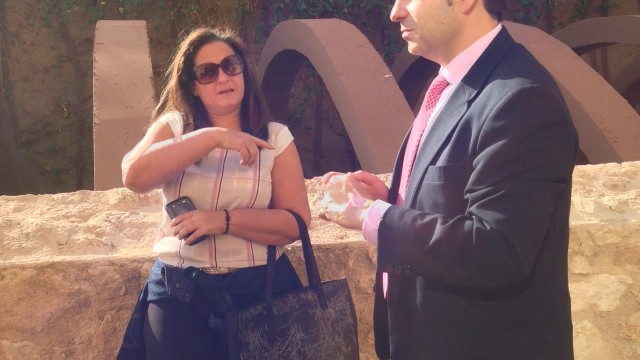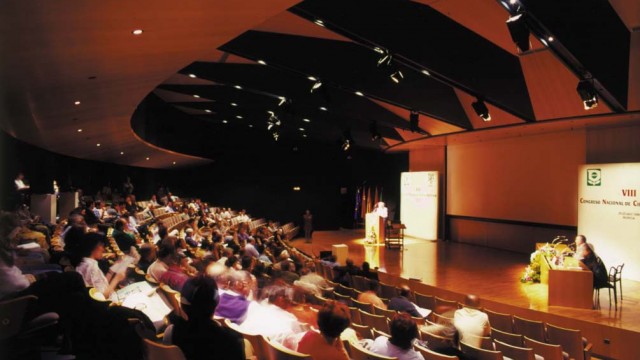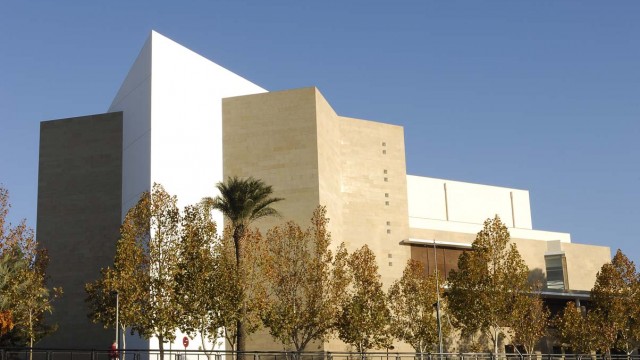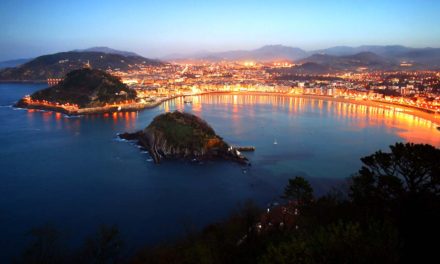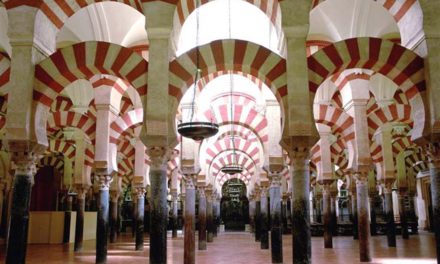The Murcia region is more of a tourist destination than a spot for international business meetings, but perhaps that should change. Murcia is an autonomous state in the southeast of Spain, located on the Mediterranean Sea between Valencia and Andalusia.
If you’re an American and haven’t heard of it, it’s probably because only 5,000 from the US make it here each year. But the Murcia region is actually a bit more popular than you may initially think: More than 5 million people visit each year, including roughly 1 million international visitors and more than 400,000 business travelers attending meetings and events (domestic and international). Top international markets include the UK (55.2 percent), France (10.3 percent) and Germany (5.8 percent). This, according to data from Instituto de Turismo de la Region de Murcia (2014).
 So, what makes the Murcia Region unique, and why should Americans and others pay more attention to this area? Top industries that are drawn to host meetings in Murcia include culture and health. Murcia City was selected to host the VI Eurbee Congress 2014 (including more than 300 scientists from 49 different countries) and Cartagena was the host city for the 2015 Winter Cruising Forum.
So, what makes the Murcia Region unique, and why should Americans and others pay more attention to this area? Top industries that are drawn to host meetings in Murcia include culture and health. Murcia City was selected to host the VI Eurbee Congress 2014 (including more than 300 scientists from 49 different countries) and Cartagena was the host city for the 2015 Winter Cruising Forum.
But in my opinion, those interested archaeology and architecture should also consider Murcia:
- Cartagena. Most notable is that you can view an ancient Roman theater and necropolis – discovered only in 1967 – which is literally being carved out and excavated in the middle of modern-day Cartagena.
- Murcia City. The region’s capital city of Murcia has numerous churches that reflect the baroque style (16th to 18th centuries). The city was founded in 831 under Arab rule, and remains of part of the original wall can be seen throughout the city.
- Lorca. This seems to be one of the region’s least discovered cities, but it offers Baroque architecture and numerous archaeological sites, including an excavation of Lorca Castle, which is now the Parador of Lorca.
- Mar Menor. Located near Lorca, you can enjoy nearby beaches of Mar Menor, a large lagoon that includes La Manga – a touristy strip that includes cafes, shops and water activities. (And a beautiful place to extend your stay.)
Whether its architecture or other specialized industries that may catch the attention for business meetings, the Murcia Region –like many areas throughout Spain – has the infrastructure in place to attract and support international meetings.
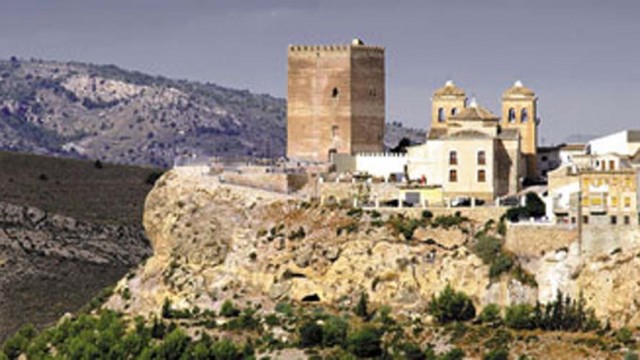
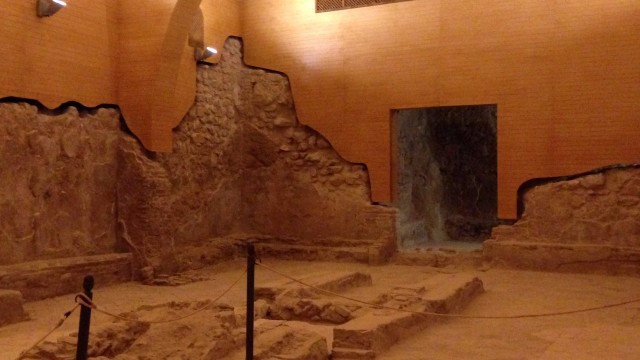
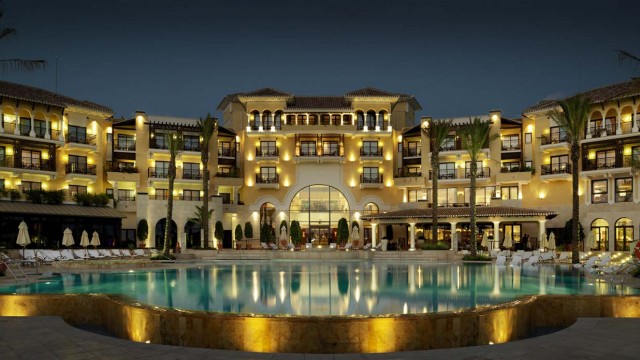


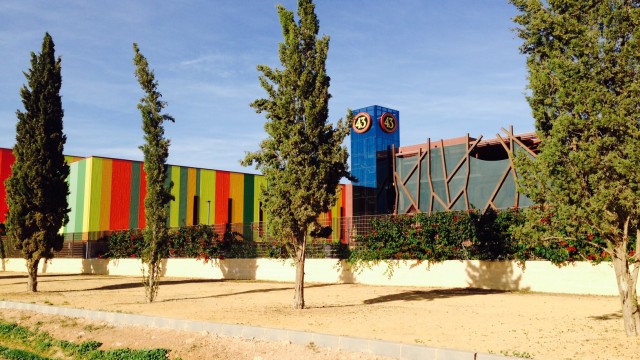
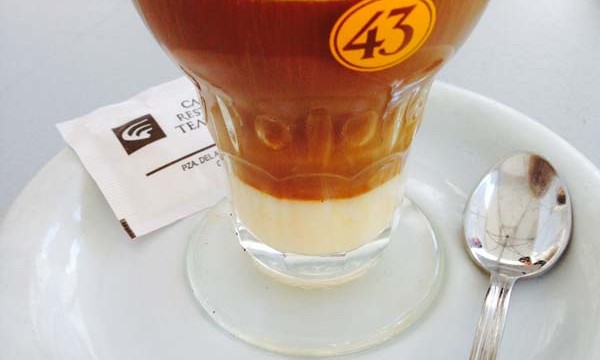
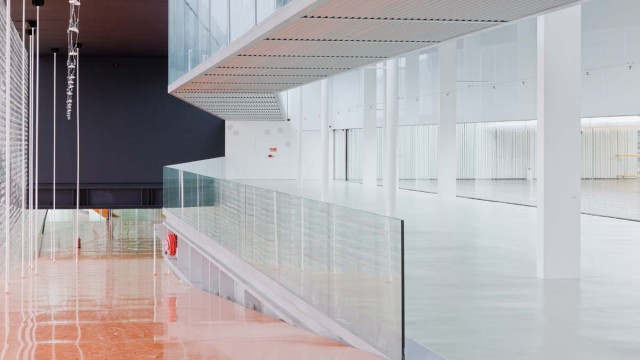
Cartagena, Spain
Cartagena is a port city (a popular stop for cruises) that is more than 2,500 years old — and this city offers an incredible and rare opportunity to immerse yourself in that history. A great way to get a 360 degree view is at the top of Cartagena’s panoramic lift. Then, take a short walk through its catwalk to get to the city’s highest point: Castillo de la Concepcion (which includes a peaceful park where you are greeted by the resident ducks).
Though you can see it from these views perched from above, the best way to experience the Roman theater and other ruins is up close. The Cartagena Municipal Museum of Archaeology (Cartegena Museo Arqueologico Municipal), designed by Rafael Moneo, is located next to the site, and they house these and other discoveries. The museum attracts and hosts many international visitors and meetings interested in archaeology.
Organizers of larger congresses considering Cartagena will want to check out El Batel Auditorium, designed by Selgas Cano and Lucia Cano, located next to the port. This is a state-of-the-art building that incorporates elements of the sea into the design. It’s modern and bright, and also of architectural interest (designed by Jose Selgas). The exterior facade mirrors the straight lines of the pier, the boardwalk and sea. The interior is lined with a translucent wall with subtle color. And the auditorium wall is a translucent blue to symbolize the color of the sea indoors.
Catering for El Batel is handled by Eszencia Restaurante, located within the convention center. This restaurant offers a beautiful view of the sea, seasonal Mediterranean cuisine and a great select not wines from the region.
Of course, Cartagena offers shopping and cafe options, but it was here where you can also discover that Cartagena’s unique beverage, Licor 43 (manufactured nearby). Licor tastes like butterscotch, and it gives coffee or ice cream a nice kick (people also enjoy it straight and ice cold). In fact, the locals have developed their own special coffee drink, Café Asiatico. I bought a couple dozen mini-bar sized bottles as gifts for friends back at home.
If you’re looking for hotels, Cartagena has a total of six 4-star hotels and one 5-star hotel, reflecting 2,723 beds (as of 2014).
Murcia, Spain
The was founded by the Moors, so the city’s architecture reflects a combination of that era with churches (Cathedral of Murcia is a Roman Catholic church that is still in use today, and a must see) and museums. As the capital, it is the financial and business center, and it’s also the hub of academic and health care for the region.
If you’re searching for a unique restaurant or to host a private event, you’ll want to make sure you include Murcia Real Casino. It was originally founded in the 19th century as a gentleman’s club (it’s still a private club). Its Moorish style entrance and library have been restored to reflect their original condition. They offer tours, and you’ll discover how this club operated during that time, including the ladies’ powder room and its unusual fresco ceiling. Real Casino is great for private events.
Gastronomy is excellent in Murcia, reflecting fruits, vegetables, meats and seafood. A great way to experience the city is by stopping by a variety of tapas restaurants where you can enjoy a tapa and beverage, and then go on to the next (contact the Murcia Tourism Office for their latest recommendations). They organized this route during my visit (which I ended with a bit of shopping):
- Gran Rhin
- El Secreto
- Las Viandas
- Parlamento
- Las Mulas
- La Tapa
When touring around, make sure you stop into Veronica’s Market, which has two floors of fresh produce, seafood and meats. You should also incorporate winery activities into your visit or program, and BSI Bodegas San Isidro is located outside the city. They offer guided tours, but the space is also used for a range of special events (who wouldn’t want to create a host a gathering in the middle of wine barrels?). There’s also a small, round barrel room that is used for an intimate option (I haven’t seen anything like it before).
Its warehouse exterior may make you question your expectations, but it is worth the distant drive. Founded in 1944, they produce Monastrell (about 80 percent of its total production) and Syrah varieties. I enjoyed the Gemina Premiun Reserva (intensive color and aroma and very smooth).
If you’re looking for hotels, Murcia has a total of nine 4-star hotels, reflecting 4,295 beds (as of 2014).
Hotel Nelva Murcia is one of the city’s best business hotels (located in the business district, about 10 minutes from the historic center). Guest rooms are modern and comfortable, including the amenities you need to work either in your room or elsewhere. Hotel Nelva has 12 meeting rooms and dining options you expect to find on the road, as well as a lobby lounge (and gym to work off any extra indulgences). The standout is its outdoor space with its pool and multiple spaces where you can hang out either during the day or at night (a few colleagues and I opened up a couple bottles of wine and relax at night). Hotel Nelva is part of Hotel Santos, a chain of business hotels throughout Spain.
Lorca, Spain
Lorca is a lesser-known city in the region, but it’s a city that offers history and Baroque monuments. It suffered an earthquake in 2011, and is still recovering from that while maintaining its historic qualities. Lorca is located inland, but it’s near the sea so it’s not a long drive if you’re looking to stay or transfer to the La Manga.
The Visitor Centre is located in the former La Merced Convent, and it’s here where you can learn about Lorca’s history. And for meetings and events, the standout is Lorca Castle, which was declared a Monument of Cultural Interest in 1931 because of its historic relevance as a meeting point for Christian, Jewish and Muslim cultures.
This 13th castle is perched high above the city and was used as a fortress.
Today, it’s the home of Parador de Lorca, a newly-built hotel that is incorporated into the site, and portions of the site are incorporated into the hotel to protect it against erosion. There’s also an archaeological dig currently in place that continues the excavations and gives you a glimpse to its Jewish Quarter, including 12 homes and a synagogue.
This is a great opportunity to stay in a modern hotel that also retains the characteristics of its medieval fortress.
If you’re looking for hotels, Lorca has a total of six 4-star hotels (including the Parador), reflecting 490 beds (as of 2014).
La Manga and Mar Menor, Spain
For those who want to enjoy the beach and warm saltwater, La Manga and Mar Menor draw people to this region. The Mar Menor is a residential area that offers visitors and business events all of the infrastructure you need. Popular things to do in this Mar Menor include water sports, sailing, biking, hiking, golf, shopping, dining and pubs.
While you can certainly drive there if you’re arriving from other towns within the Murcia Region or the airport, it’s worth the experience to arrive in Santiago de La Ribera (a town with a touristy promenade on the shores of the Mar Menor) and take a short ferry ride across and then have your shuttle or driver pick you up at the other side (travel tip: book through BUF Ferrys).
The area has two 5-star hotels: La Manga Club Hotel Principe Felipe and Caleia Mar Menor Golf & Spa Resort (previously known as the InterContinental Mar Menor Golf Resort & Spa during my visit). Calia Mar Menor Golf & Spa Resort is a Spanish-style, 5-star hotel where you can combine business and pleasure (this is where I stayed). It has four restaurants (Nomad Restaurant is the main restaurant open all year), six meeting rooms, outdoor reception space and swimming pool (outdoor and indoor). Guest rooms are spacious and have private balconies. The spa includes wet spaces and a relaxation room. And the 18-hole, par 68 golf course is designed by Jack Nicklaus.
If you’re looking for hotels, Mar Menor offers 63 hotels, including 23 4-star hotels (as of March 2015).
Murcia Region Logistics
Murcia is accessible two by airports: San Javier Airport (a smaller airport located near Mar Menor) and Alicante Airport (a larger airport that also services Valencia). Murcia City is also accessible by high speed train through Renfe.
The region has a Mediterranean, semi-arid subtropical climate: namely an average annual temperature of 18ºC (about 65ºF). However, it’s important to keep in mind that summers are very hot while the winter is mild (about 50ºF). And the rain tends to fall mostly in April and October.
So, why Murcia? There’s the weather, pricing, food, Mediterranean location, state-of-the-art venues and well-preserved history. These are all great reasons to consider Murcia for business meetings and events.
Find more information about the Murcia Region from the Official Murcia Region tourist site.
[flgallery id=126 /]
Updated. Initially published March 31, 2015

